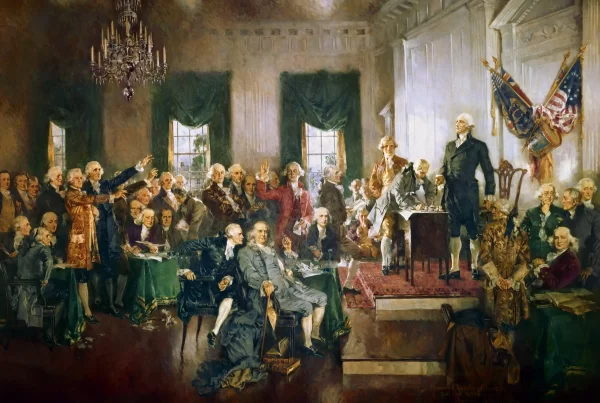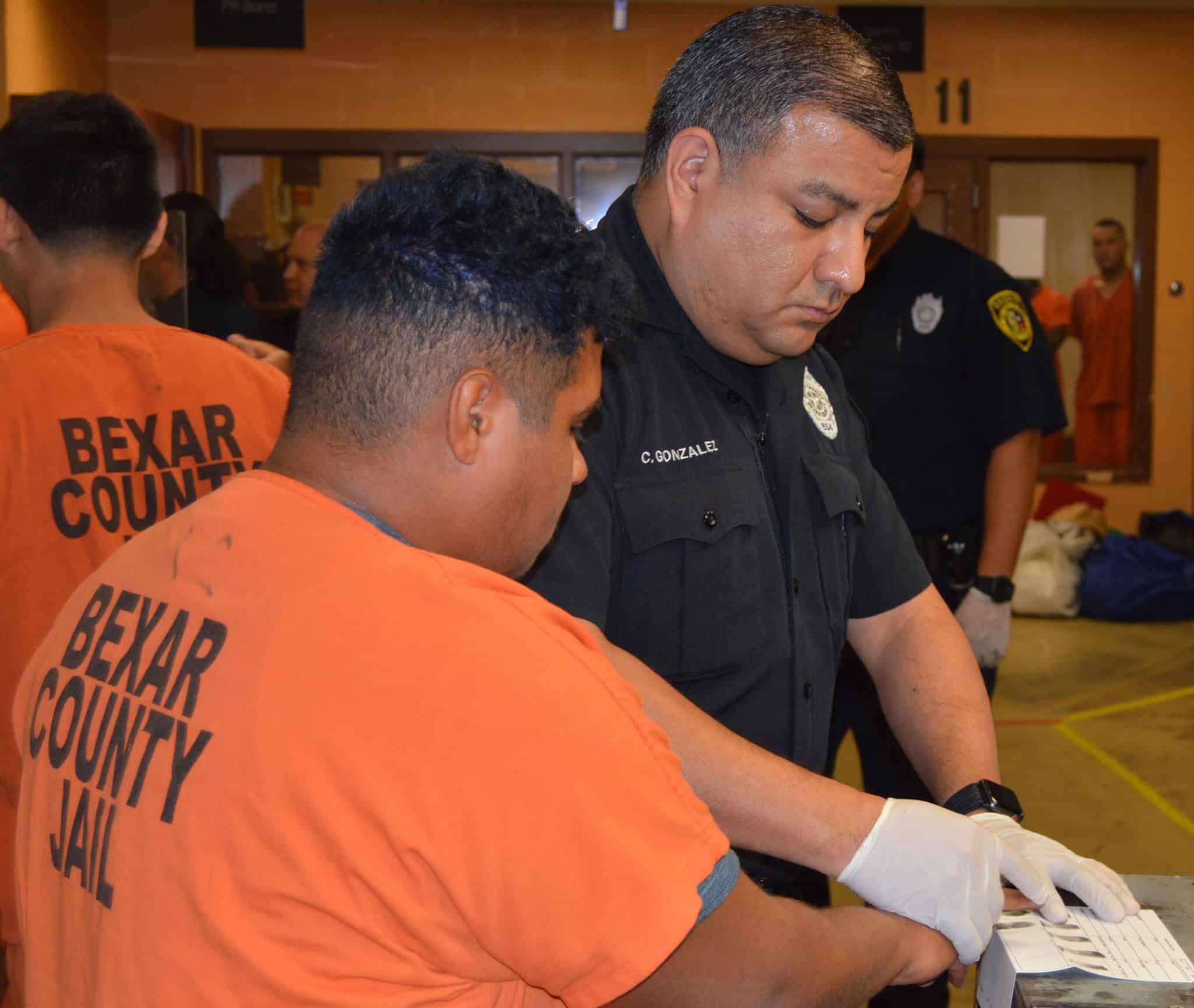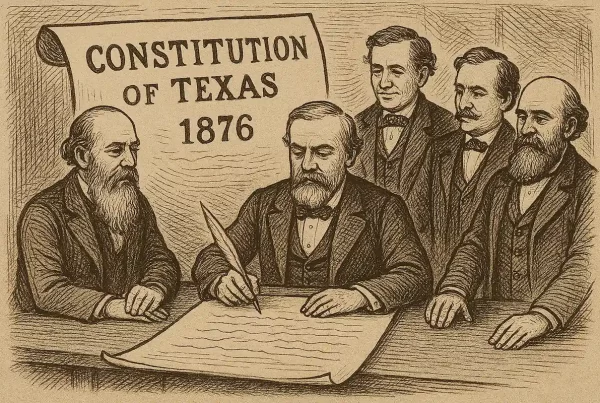Every civil lawsuit in Texas follows a set of rules that govern how it begins, what arguments are allowed, and when it ends. These doctrines of civil procedure help define the balance between fairness and efficiency in the legal system. They ensure that cases are filed in the right courts, with proper notice, and that no one is forced to relitigate issues that have already been decided.
But these rules didn’t come out of nowhere. Many were inherited from English common law, adapted over time by Texas judges and lawmakers, and shaped by the political values of the state. Others were borrowed from neighboring states or the federal system. And while Texas once operated under Spanish and Mexican civil law, almost all of its modern procedural doctrines reflect a turn away from that tradition after independence.
This article explores the most important civil procedure doctrines in Texas—how they work, where they came from, and how they compare to other states. These legal tools quietly structure the way justice is carried out across Texas’s vast court system.
Finality and Repetition: Preclusion Doctrines
One key idea is that lawsuits must eventually end. The doctrine of res judicata (claim preclusion) prevents a party from suing again over the same claim or dispute once a court has issued a final judgment. A related principle, collateral estoppel (issue preclusion), bars parties from relitigating specific issues of fact or law that were already decided in an earlier case. For example, if a court determines in one case that a person was not at fault in a car accident, they can’t be sued again over that same factual question in a different lawsuit.
These rules come from English common law and are meant to protect courts and litigants from repetitive litigation. Texas follows the same general approach used in most other states, treating a lawsuit as a one-shot opportunity to resolve a particular dispute.
Jurisdiction: Who Can Be Sued, and Where?
Courts don’t have unlimited power; a lawsuit can only proceed if the court has jurisdiction over both the subject matter of the dispute and the people involved. Texas has specific procedures to ensure a court has authority before the case goes forward.
One key procedural tool in Texas is the special appearance, which allows a nonresident defendant to challenge personal jurisdiction before responding to the lawsuit in any other way. This rule must be followed strictly: if the defendant files another motion or answer first, they forfeit the objection. The special appearance is unique to Texas and a few other states and reflects a local commitment to preserving jurisdictional fairness.
Texas also allows defendants—particularly government entities—to file a plea to the jurisdiction, asserting that the court lacks authority under the state constitution or statutes to hear the case. This doctrine is especially relevant in suits involving public schools, state agencies, and local governments.
While the idea of sovereign immunity comes from English common law, Texas courts have aggressively developed the doctrine in modern times, interpreting waivers of immunity narrowly unless the legislature clearly says otherwise.
Starting a Case: Pleadings and Defenses
In civil court, the first formal step is filing a petition—a written document that outlines the plaintiff’s claims. Texas uses a fair notice standard, which means the petition doesn’t need to lay out every detail, but it must give the other side enough information to understand the claims and respond.
This relaxed pleading requirement stands in contrast to the federal system, where the U.S. Supreme Court has raised the bar through decisions like Bell Atlantic Corp. v. Twombly and Ashcroft v. Iqbal. In federal court, plaintiffs must plead enough specific facts to make their claims “plausible.” Texas deliberately rejected that approach, favoring access to the courts and trusting judges to sort out meritless cases through other tools.
Defendants in Texas must also be careful. Certain defenses—such as statute of limitations, fraud, or res judicata—must be affirmatively pleaded in their initial response, or they are waived. This rule, too, comes from English common law, where early pleading stages were seen as decisive. Civil law systems like Mexico’s historically placed more responsibility on judges to investigate relevant issues, regardless of what the parties raised.
Ending a Case Early: Summary Judgment
Not every lawsuit goes to trial. Under summary judgment, a court can rule in one party’s favor if the facts aren’t seriously disputed and the law is clear.
Texas uses both traditional summary judgment—which requires strong supporting evidence—and a no-evidence summary judgment, which allows one party to argue that the other side has no proof for a key part of their case. Once that motion is filed, the burden shifts to the opposing party to offer some evidence, or the case can be dismissed.
The no-evidence rule is a uniquely Texan feature. It was introduced in the 1990s to streamline litigation and reduce costs, especially in commercial and tort cases. Federal courts and most states don’t have an exact counterpart, although similar results are sometimes reached through careful use of discovery and motions.
Where to File: Venue and Forum Non Conveniens
Texas law also governs venue—which county a case should be heard in. Plaintiffs typically choose the venue, but defendants can request a transfer to a more appropriate location if the original choice has little connection to the dispute.
In rare cases, Texas courts may invoke forum non conveniens, a common law doctrine that allows dismissal when another court, often in another country or state, would be a clearly better place to hear the case. Texas courts are cautious in using this power, unlike Florida, which frequently applies the doctrine in international disputes.
Civil law traditions like Spain’s or Mexico’s, in contrast, have long relied on fixed venue rules and allowed far less judicial discretion in determining where a case should be heard.
Justiciability: Standing, Ripeness, and Mootness
Texas courts will only hear real legal disputes, not abstract policy questions. That principle is enforced through doctrines like standing, which requires a plaintiff to have a concrete injury; ripeness, which bars premature claims; and mootness, which dismisses cases that are no longer relevant.
These doctrines reflect American constitutional principles more than any inherited common law.
By contrast, California courts tend to interpret standing more loosely, sometimes allowing “public interest” lawsuits by groups or individuals without personal harm. Texas has declined to follow that path, requiring more individualized claims in most circumstances.
The One Satisfaction Rule
Under the one satisfaction rule, a plaintiff who has been fully compensated for an injury by one defendant cannot pursue additional recovery from others for that same injury. This rule, common in many states, prevents overcompensation and ensures fairness in multi-defendant cases.
Texas courts apply this rule when a plaintiff receives either a settlement or a judgment that covers the full extent of their damages. For example, consider a business that suffers economic losses due to a defective product supplied through a chain of vendors—a manufacturer, a distributor, and a retailer. If the business sues all three but settles with the manufacturer for the full value of its losses, it cannot then recover the same damages again from the distributor or retailer.
Interlocutory Appeals
Texas allows certain rulings—such as denials of immunity or orders on class certification—to be appealed immediately, before a final judgment. These interlocutory appeals are more available in Texas than in many other states. The idea is to settle important legal questions early, especially when continuing the case would waste time or defeat legal protections like immunity.
Default Judgments
If a defendant doesn’t respond to a lawsuit in time, Texas courts may issue a default judgment. While many states allow this, Texas requires plaintiffs to present evidence and confirm damages in most default situations, a safeguard that prevents abuse and ensures basic fairness. This means that even in uncontested cases, the court must be convinced the claimed damages are accurate and supported by proof.
Historical Evolution and Legal Identity
Although Texas began as part of a Spanish and later Mexican legal system, the Republic of Texas deliberately broke with that model after independence in 1836. The 1836 Constitution embraced jury trials, elected judges, and adversarial procedures—features of the Anglo-American legal tradition, not the inquisitorial Spanish approach.
In procedural matters, Texas followed other Southern states, particularly Virginia and Georgia, in modeling its court system after English common law. After statehood in 1845, the Texas Legislature codified many of these rules, but Texas courts continued to play a major role in shaping doctrines.
By the mid-20th century, Texas was increasingly influenced by national trends but also charted its own course. The creation of the special appearance, the development of no-evidence summary judgment, and the continued use of the fair notice standard all reflect Texas’s independent procedural identity.


